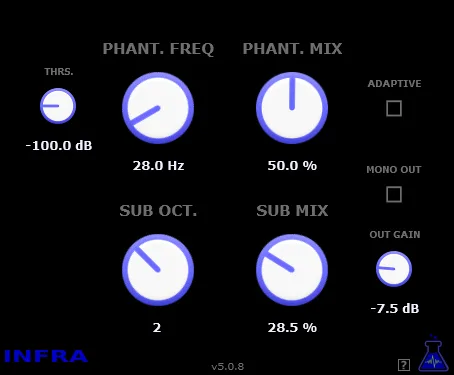Working on music or podcasts, relying mostly on headphones? Great! Headphones provide incredible detail and isolation from external noise, which is invaluable when recording or fine-tuning. However, we all know that a mix that sounds perfect in headphones can be completely unexpected on acoustic systems in a real space. Why does this happen?
The main reason lies in the fundamental difference between listening through headphones and through acoustic systems. Headphones deliver sound directly into the ear canal, separately for each ear, creating an extremely wide stereo panorama that often does not correspond to the real sound field. Acoustic systems, on the other hand, emit sound into the space, where it interacts with the room and, most importantly, sound from the left speaker reaches the right ear (albeit with a slight delay and altered spectrum), and vice versa. This interaction between the left and right channels in free space is key to our perception of stereophony and depth of the scene.
The Control Spot: Your virtual studio monitors in headphones
This is where the The Control Spot plugin from Madbee Audio comes to the rescue. This is a unique tool designed to simulate listening through stereo acoustic systems when you work exclusively in headphones. Forget about the fatigue from the overly wide stereo, which often occurs when working in headphones for a long time. The Control Spot mimics the physics of sound wave propagation from two separate sources (virtual speakers) to your ears, taking into account the time delays and phase interactions that occur in free space.
It is important to understand: this process naturally creates comb filters in the sound spectrum. This is not a drawback of the plugin, but an accurate reproduction of what happens when you listen to music through real acoustic systems in a real room. This is the result of the interference of sound waves from the left and right speakers, reaching each ear with different delays. Therefore, although The Control Spot is a great tool for assessing the stereo image and the overall balance of the mix, it is better to bypass it when performing precise operations such as equalization, where a flat frequency response is critical.
Use The Control Spot for regular checks of your mix during work. This will allow you to get a more realistic idea of how your music will sound on typical home stereo systems. This is especially useful for assessing the width of the stereo, the placement of instruments in the panorama, and the overall sense of space. It can also help reduce ear fatigue, which often occurs due to unnaturally separated channels in headphones.
Key features of The Control Spot:
- Stereo width control: Allows you to adjust the angle between virtual speakers in the range from 0° to 180°, simulating different placements of acoustic systems. Extreme width values can sound unnatural, so experiment to find the optimal position.
- Mono Summing Function: Quick summing of the stereo signal into mono. This is a critical function for checking the mono compatibility of your mix, as many playback systems (e.g., radio, some portable speakers, sound systems in public places) play sound in mono. Phase or balance problems of instruments can become apparent precisely during mono monitoring.
- Soft Clipping Option: Prevents digital clipping. If you place the plugin at the end of the master chain before the limiter, activating this option can help avoid unpleasant digital distortions, gently limiting the signal peaks. If you use a separate master limiter, place The Control Spot before it.
- Bypass: The ability to quickly enable or disable the plugin (usually by clicking on a graphic element). This allows you to instantly compare the sound with and without the simulation, which is an important aspect of any monitoring process.
The Control Spot plugin was created with love using the Flowstone environment. Remember the importance of disabling the plugin before the final audio rendering, unless you intend to deliberately apply its effect to the final file. It is primarily intended as a monitoring tool.
The Control Spot is not a panacea that will replace a full-fledged acoustic system in a treated room, but it is an extremely useful and affordable tool for anyone working with audio on headphones. It will help you better understand how your mix will sound outside of headphones and make it more versatile for different playback systems.



